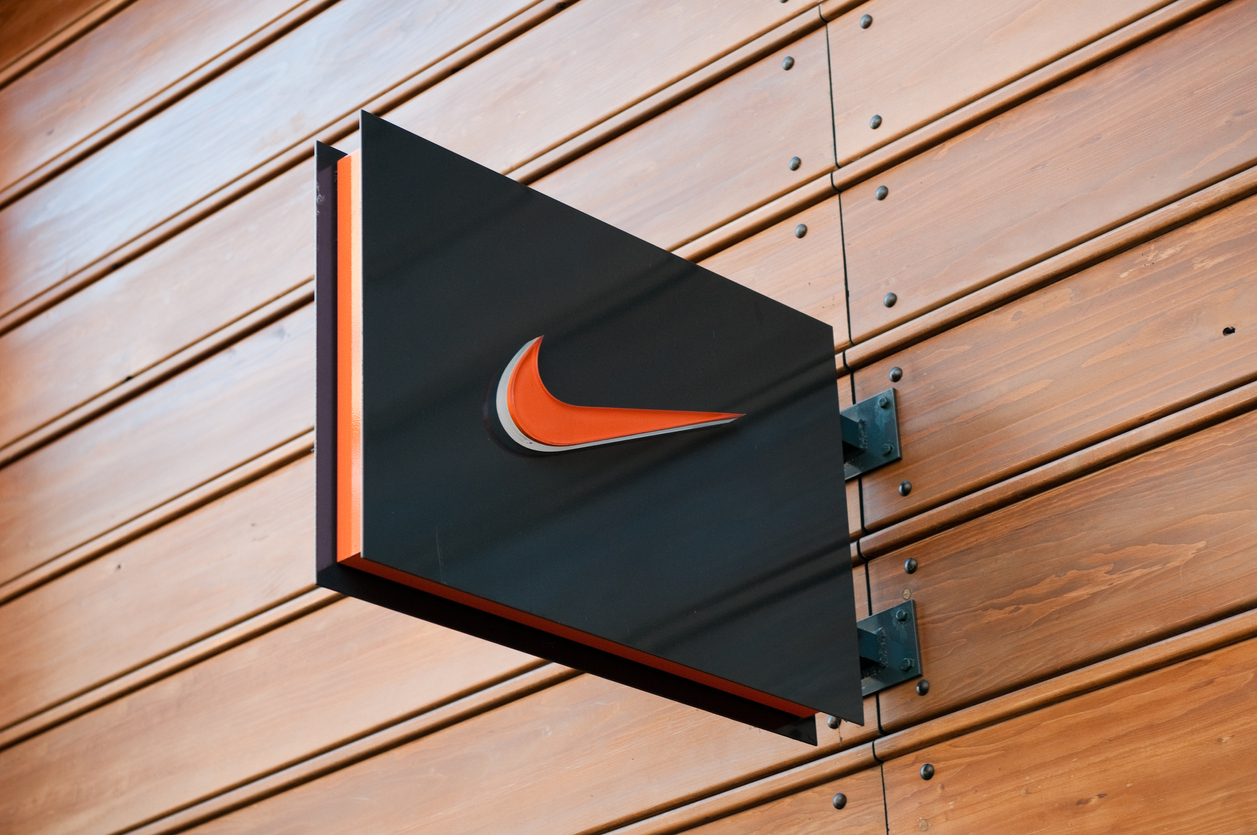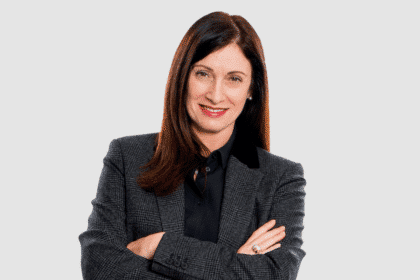Why don’t brand taglines stick anymore? Why don’t we remember ads? Does brand-building have to cost an arm and a leg? And what will ‘the new normal’ look like for branding post-COVID-19?
These are some of the questions Carmela Soares (Creative Strategist, Facebook), Pia Chaudhuri (Group Creative Director, BMF) and Tara Ford (Chief Creative Officer, DDB Sydney) answered during a Cannes UnCanned session on brand building.
The panelists looked into how creativity can be used to build a healthy, long-term brand rather than focusing on short-termism, click-rates, and impressions. They also discussed why emotional connections and brand assets are vital to building a long-term relationship with consumers and how that can ultimately help brands stay relevant and top of mind in the long-run.
Why don’t we remember a brand’s tagline like we used to?
On what makes a brand’s tagline memorable and stick, Ford said it’s all about being brave and standing-out, but also make sure you’re catering to the market you’re in.
She said: “The line has to mean something to the brand. It has to mean something to what it stands for. A lot of these taglines are brought from a global platform. And it doesn’t always work for the market you’re in.
“A line that’s used really well is something like Marmite’s ‘love it or hate it’ where they’ve really made that mean something to the product and they’ve reinvented it over and over.”
Ford said for something to really stick in a consumer’s mind, you have to be consistent and look at it as a long-term brand-building exercise.
“It’s not something that you can do in the short term, you have to be consistent with your messages.”
As to why taglines don’t seem to stick anymore? Ford said: “I think the work that is brave and that stands out is always going to be something that people will find memorable. If you can build your brand in that way, then you’re more likely to have memory structures that you can take forward.”
Soares agreed with Ford, but said it’s not just about a brand’s one tagline, but rather how it fits with the whole brand.
She said: “I think this is an interesting one because I completely agree with Tara. The line has to be meaningful. But also the tagline is just one part of a brand. One of the great examples is Burger King. You probably won’t remember the tagline ‘Be Your Way’. Yes, you might know KFC’s ‘Finger lickin’ good’ which is certainly memorable, but you always recognise Burger King’s whole brand. Everything they do is of the same value and principle, and basically just trolling McDonald’s.
“The line is not everything. The work has to be to make the line meaningful,” said Soares.
Chaudhuri added: “I remember a time when lines used to stick around for decades obviously the more people hear it, the more they’ll stick. I think we’ve sort of moved into a time where people feel like they need to change it every year, and that’s not helping.
“It takes in humble and confident creative to appreciate what has come before them and not and resist the urge to just come in and change things up for the sake of it. A lot of it comes from an agency perspective. There’s people wanting to make their mark, I suppose. And we are obviously hardwired to appreciate new things, especially in this day and age where we are bored easily.
“From the brand side, the brand team on the client side tend to change quite quickly as well. And so, we’re finding kind of all of this compacting to create this culture of just wanting to change and ultimately, that’s not helping.”

Does building a brand have to cost an arm and a leg?
There’s a common conception that building a brand is a costly exercise, yet according to Soares, not building a brand is more expensive than building a brand.
She said: It all has to do with memory structures. Building a brand is an exercise from the ground up, so you just translate the company’s values into everything they do, plus communications, marketing, advertising, and so on.
“The repetition and consistency of it and the investment of time is often more important than the investment of money. It all builds on each other as opposed to starting over and over again every time you run an ad. After a while, you don’t need to have a huge investment, if you have a strong brand. You just need to keep going and keep being consistent with it.”
Ford also agreed it doesn’t have to cost an arm and a leg – what’s important is connecting emotionally with people.
“It doesn’t have to be a 90 second TV ad. What you do need to do is make sure that you are connecting emotionally with people. In the long term, if you don’t invest in brands, it will cost you more in the long run. Sometimes it’s really hard when you can’t see the return on investment immediately, but it does come and that has been proven time and time again.”
Reaching the distracted consumer
While consistency may be key to building a brand, how do brands actually reach consumers in an overcrowded market? With consumers distracted from all the online noise, how do brands really engage and attract their attention?
Chaudhuri said it’s not about reaching consumers with a quick ad, but rather an accumulation of all a brand’s work.
“We’re constantly creating or becoming shorter and shorter with our content trying to cram more and more into six seconds these days, but it’s not just about that. It’s about the accumulation of all of your work. So you can’t measure one tiny thing as the be-all and end all of your communications.
“You have to see it as holistically as part of an ecosystem of lots of things. But you need to use each format for what it’s good at. There still are agencies who will put a TVC and cut it down for social, and just not the way to do it. You need to get the best out of every channel and getting them working together.”
Ford came back to the idea of connecting emotionally as the key driver when it comes to capturing a consumer’s attention.
She said: “Connecting emotionally is always the key no matter what the format is. I think online, we’re not competing with other advertising, we’re competing with everything. There’s so much going on there. There are some very serious topics at the moment with news and current affair. But there’s also the Kardashian’s and whatever else you come across, s we have to, we have to make sure we cut through that and make it interesting.”
The short and medium-term changes post-coronavirus
On the future of brand building, especially in a post-COVID-19 world, Ford said it’s vital for a brand to stay true to who they are.
“I think it’s really important through COVID and any kind of social or cultural change for the brand to know who it is and be true to that.
“When brands try to overreach and become something that they are not, it feels wrong. And people know that. You know straight away. DDB did a bit of research coming into the COVID period about how people felt about brands and the brands that did best were the ones that were quite giving in that time. And the ones who were helpful and still stayed true to who they were. Knowing who you are given the conditions, whatever they may be, is important.
“It will be really interesting to see what will happen next. I think none of us really know. We can have ideas that it’s all going to go back to normal, and maybe it will, but maybe it won’t.
“We just have to really know who we are over this time and brands need to be true to their DNA.
You can watch the full session HERE.
Massive thanks to our Cannes UnCanned sponsors!









